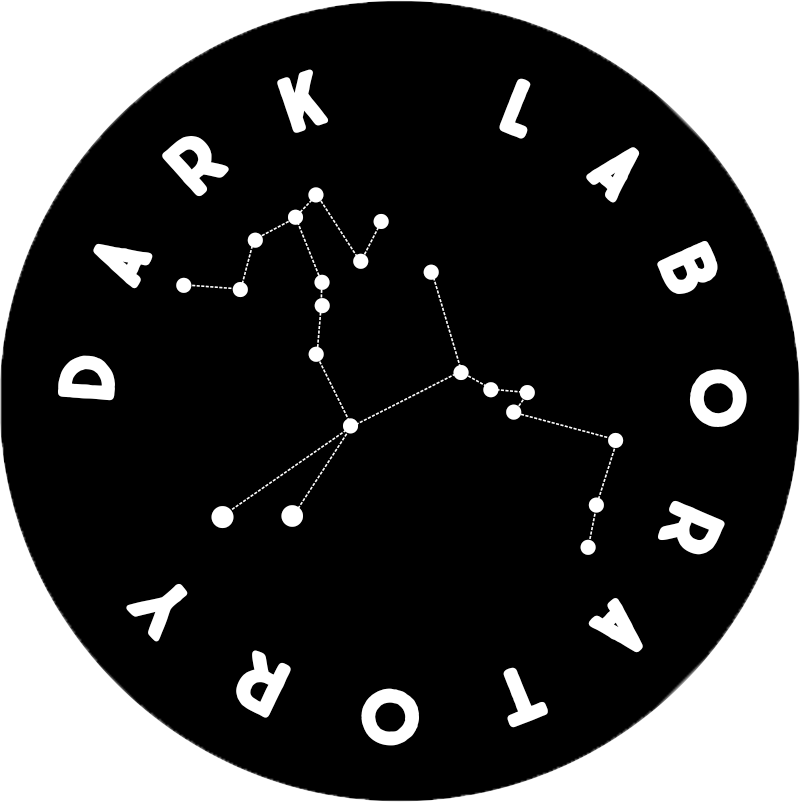Dark Laboratory Presents
I’m New Here:
Black and Indigenous Media Ecologies
Drifted Away
By Melia Delsol and Dóra Papp
Melia Delsol is a craft-based artist and mother who lives in the Commonwealth of Dominica. Her work includes sculpture, organic photo-collage and experimentation with madras (creole) cloth. She is inspired by the rich landscape that surrounds her, the love of her children and common law husband, as well as her spiritual groundings in Yaweh and Rastafari. She hails from the village of Loubiere, on the south west coast of Dominica.
Dóra Papp creates work that accommodates conversations on the interconnections between people and nature. The creation of personal, intimate memory-work is an essential part of her vision, aligned with an interest in affective ecologies. Organic photography and mixed-media collage are central to her practice. As a biologist, she has co-created ‘a food forest’ for broadening the diversity of human-non-human connections. Her curiosity for the plant world inspires her to explore repair, adaptation and diversity and narrative challenges to dominant neo-Darwinian paradigms. Her research is grounded in ecology, ethnobotany and evolutionary biology and she holds an M.Sc. in Environmental Science; with years to work in basic developmental biology.
Drifted Away is a multi-layered work of mourning, memory and ethnobotany. It is an attempt at repair in the wake of hurricane Maria (2017), which brought catastrophe to the mountainous Afro-Kalinago island of Waitikubuli (‘Tall is her body’), otherwise known as Dominica.
It is a collaboration between _______ [anonymised], a mother who lost two of her daughters to Maria’s floodwaters and ________, a botanist, who came to the island on a boat of supplies from neighbouring Martinique, then stayed on. They became close friends.
Yam, dasheen, tania, kassav and green fig (banana) are “ground provisions” found in most Dominican gardens and kitchens. Due to the island’s history - as a forested Kalinago and maroon refuge, as one of the last isles colonised, the proud presence of its Indigenous inhabitants and the strength of its post-plantation small holders—Dominicans bear a close relationship to the land. Such provisions—which remain a common feature of the landscape—evoke the Afro-Indigenous past/present.
And so, their leaves became the canvas of our work. While meaningful ferns, vines, flowers, and herbs also featured, signaling human connections with the plant world, everyday healing practices and memories of loved ones—in fragile form.
Those depicted are from Dominica’s most affected communities, Pointe Michel and Loubiere.
The work is a dedicated to two beloved daughters lost to the storm.
+++












